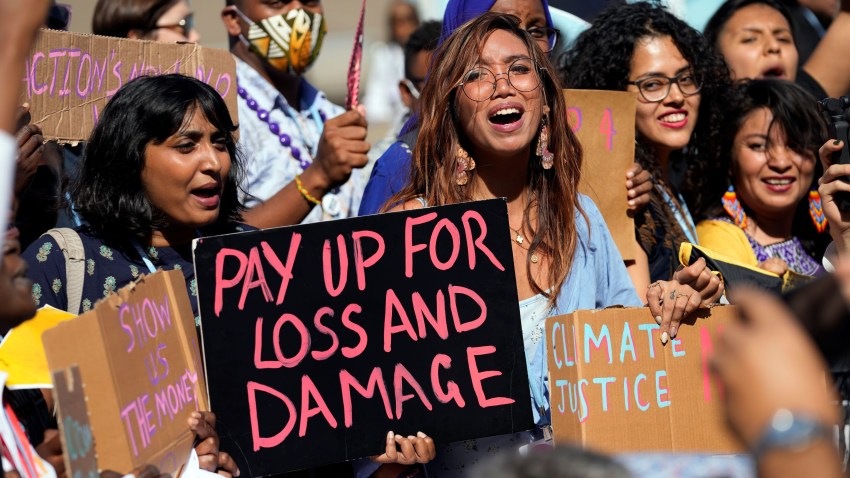The United Nations COP27 Climate Change Conference in Sharm el-Sheikh, Egypt, wrapped up this month with a historic breakthrough. In a step toward global solidarity, world leaders agreed to mobilize financing for “particularly vulnerable developing countries” to address “loss and damage” stemming from the impacts of climate change that cannot be avoided through mitigation or adaptation. The final declaration calls for both “new funding arrangements” and a dedicated “fund” for loss and damage.
In masterful U.N.-speak, the declaration tiptoed around contentious issues of liability and compensation that, despite muscular advocacy by developing countries, had sidelined loss-and-damage finance for more than a decade. Rich countries, especially the litigious United States, fear that acceptance of liability for the devastating global impacts of their fossil-fuel-driven economies would open the floodgates for financial claims.
Climate justice rests on the stark and well-documented reality that the most severe impacts of the climate crisis are being visited upon countries and communities that have the fewest resources to deal with them—and which have done the least to create the problem. Think Pakistan, where devastating floods earlier this year killed 1,100 people and left 33 million without homes or livelihoods. The cost of the damage is estimated at $30 billion—relatively low, given the massive scale of the destruction, because the country is so poor. In 2021, Pakistan’s per capita income was $5,350, compared to $63,000 in the U.S., adjusted for purchasing power parity. Pakistan contributes less than 1 percent of the world’s annual greenhouse gas emissions, yet it ranks as the eighth most vulnerable to climate change. The U.S. alone accounts for 12 percent of annual emissions and some 20 percent of all emissions since 1850.

